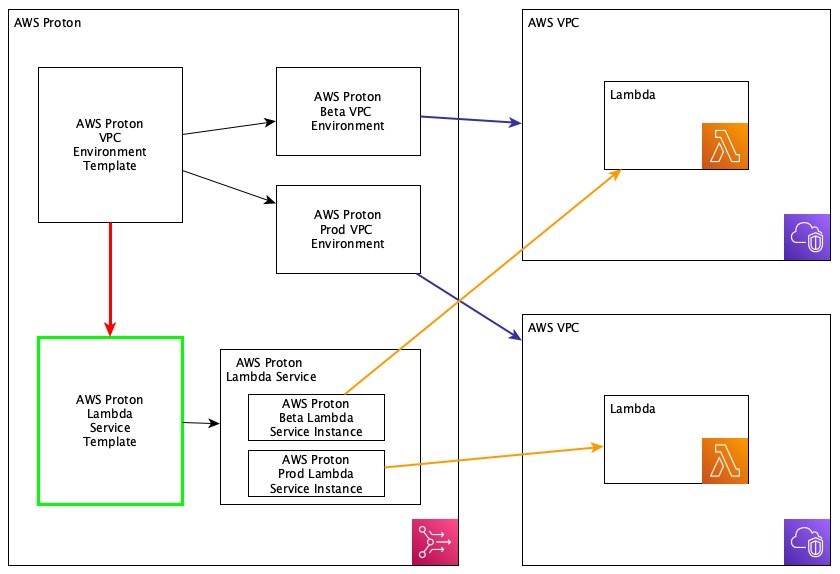Containers
Category: Amazon VPC
Introducing AWS Gateway API controller for Amazon VPC Lattice, an implementation of Kubernetes Gateway API
Introduction Today, AWS announces the general availability of Amazon VPC Lattice a new feature of Amazon Virtual Private Cloud (Amazon VPC) that gives you a consistent way to connect, secure, and monitor communication between your services. As part of the launch of Amazon VPC Lattice, we’re excited to introduce the AWS Gateway API controller, an […]
Application Networking with Amazon VPC Lattice and Amazon EKS
Introduction AWS customers building cloud-native applications or modernizing applications using microservices architecture can adopt Amazon Elastic Kubernetes Service (Amazon EKS) to accelerate innovation and time to market while lowering their total cost of ownership. Many customers operate multiple Amazon EKS clusters to provide better tenant isolation and to meet organizational requirements. Often, there’s a need […]
Fully private local clusters for Amazon EKS on AWS Outposts powered by VPC Endpoints
Introduction Recently, Amazon Elastic Kubernetes Service (Amazon EKS) added support for local clusters on AWS Outposts racks. In a nutshell, this deployment option allows our customers to run the entire Kubernetes cluster (i.e., control plane and worker nodes) on AWS Outposts racks. The rationale behind this deployment option is often described as static stability. In […]
A deeper look at Ingress Sharing and Target Group Binding in AWS Load Balancer Controller
Introduction AWS Load Balancer Controller is a Kubernetes controller that integrates Application Load Balancers (ALB) and Network Load Balancers (NLB) with Kubernetes workloads. It allows you to configure and manage load balancers using Kubernetes Application Programming Interface (API). Based on our conversations with customers, we identified two AWS Load Balancer Controller features that need further […]
Announcing AWS App Runner Private Services
Earlier this year we announced the general availability of App Runner VPC support. This feature enabled your services to communicate with databases and other applications hosted in an Amazon Virtual Private Cloud (Amazon VPC). Today, we released App Runner private services, and now customers can strengthen the security posture of their applications and meet their […]
Getting visibility into your Amazon EKS Cross-AZ pod to pod network bytes
Introduction Many customers use Amazon Elastic Kubernetes Service (Amazon EKS) to host their mission-critical applications. As a best practice, we ask our customers to spread their applications across multiple distinct availability zones (AZ). Because “everything fails all the time,” Werner Vogel, CTO, Amazon To achieve high availability, customers deploy Amazon EKS worker nodes (Amazon EC2 […]
Addressing IPv4 address exhaustion in Amazon EKS clusters using private NAT gateways
Introduction The Amazon VPC Container Network Interface (CNI) plugin creates many advantages for pod networking when deployed on an Amazon Elastic Kubernetes Service (Amazon EKS) cluster. First, it lets us reuse proven, battle-tested Amazon Virtual Private Cloud (Amazon VPC) networking and security best practices for building Kubernetes clusters on AWS. This allows us to use […]
Observability for AWS App Runner VPC networking
With AWS App Runner, you can quickly deploy web applications and APIs at any scale. You can start with your source code or a container image, and App Runner will fully manage all infrastructure, including servers, networking, and load balancing for your application. If you want, App Runner can also configure a deployment pipeline for […]
AWS Proton Terraform Templates
At re:Invent 2020, AWS launched a new service, AWS Proton, aimed at helping automate and manage infrastructure provisioning and code deployments for serverless and container-based applications. At launch, AWS CloudFormation was the only option available to customers for provisioning their infrastructure through AWS Proton. Supporting HashiCorp Terraform is currently the most upvoted item on our public […]
AWS PrivateLink ECR cross account Fargate deployment
AWS PrivateLink is a networking technology designed to enable access to AWS services in a highly available and scalable manner. It keeps all the network traffic within the AWS network. When you create AWS PrivateLink endpoints for Amazon Elastic Container Registry (ECR) and Amazon Elastic Container Service (ECS), these service endpoints appear as elastic network […]









